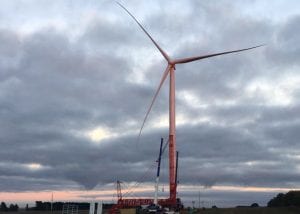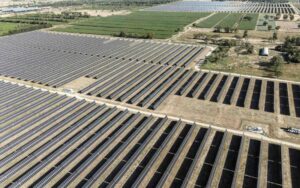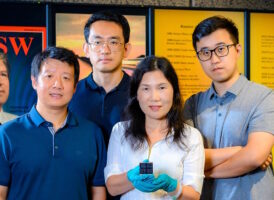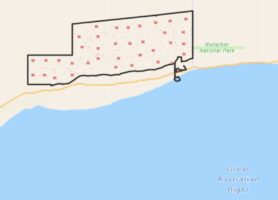The Clean Energy Council says working with Australian farmers could help solve the growing problem of grid access for new large-scale solar farms, in a new paper promoting “agrisolar”.
If done right, the paper argues solar farms can improve both grazing and crop land, while allowing solar farms to be built in areas where the electricity network is strong, providing a win-win for both solar developers and farmers.
While Australia has plentiful unused space with access to sunlight, sites with close proximity to transmission networks are often taken up by agriculture, the paper says.
Over the next 20 years the Australian Energy Market Operator estimates between 26 and 50 gigawatts of new solar and wind capacity will need to be added to the National Energy Market to replace retiring coal-fired power plants. Just under half of that would be solar.
Given network constraints are already causing problems, and “land use” is becoming an increasing issue in solar farm application fights, the benefits of getting more farmers to open up their land to solar projects are clear.
“Utility-scale solar (generally considered to be greater than 5 MW) typically requires access to relatively flat or gently sloping land in sunny areas within proximity to electricity transmission networks, where biodiversity impacts can be avoided or minimised,” the report says.
“This often means that land which has been previously cleared or zoned for agricultural use is well-situated to host solar farm developments.”
“Agrisolar” – the combination of solar farms with agriculture – currently accounts for a small portion of Australia’s large-scale solar capacity. The Clean Energy Council has identified 15 existing agrisolar projects totalling 1.1 GW of capacity across Queensland, NSW and Victoria. The largest is a 250MW solar farm at Finley in southern NSW.
All those projects are “solar grazing”, the simplest form of agrisolar, which involves mixing mostly ground-mounted solar array with sheep grazing. This can be done with little forward planning, and the Clean Energy Council argues the benefits include lower maintenance cost for the solar operator, and improved safety for the sheep.
One convert is grazier Ken Keith, the mayor of Parkes in NSW, and Show Society member, who trialled solar grazing at the Parkes Solar Farm in 2019.
“It’s a win-win for the community and the solar farm. It helps the Show Society stay afloat while reducing the maintenance costs for the solar farm,” he said.
But there are much more elaborate forms of agrisolar being tested overseas that support horticulture, viticulture, aquaculture and even cropping activities.
The report quoted studies that found certain vegetables planted beneath solar panes thrived in the partial shade, lower temperatures and increased moisture levels the panels created. Kale, chard and tomatoes, for example, did better in partial shade than broccoli, capsicum and spinach.
Other forms of agrisolar include solar panels elevated above cropland, solar greenhouses, and combining solar panels and fish farms. Solar can also be coupled with biodiversity restoration and beekeeping.
In Victoria, a trial is underway to combine solar farms with pear orchards as part of the Victorian Agriculture Energy Investment Plan. The idea is that the panels, which will be put on structures above the trees, will protect the orchards from extreme heat, and so help orchards adapt to climate change.
The Clean Energy Council hopes the new study will facilitate more discussion and collaboration between solar developers and farmers.
“For a long time, the agriculture and renewable energy sectors have worked in partnership, and this guide is aimed at inspiring new ways in which the sectors can work together to maximise the productivity of land,” said the Clean Energy Council’s policy director for energy generation Anna Freeman.













